Understanding Rabbit Communication
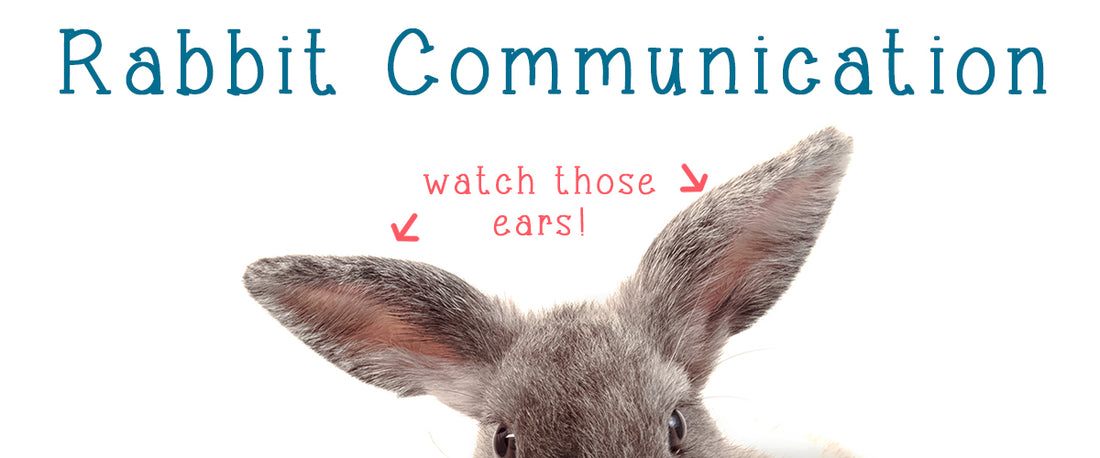
Introduction: While rabbits may not be as vocally expressive as some pets, they possess a rich tapestry of communication methods, blending sounds and body language to convey their feelings and needs. As rabbit owners, interpreting these signals can significantly enhance the bond between you and your furry friend, ensuring their well-being and happiness. This blog explores the various ways rabbits communicate with each other and their human companions, highlighting key sounds and behaviors to watch for.
The Language of Sounds
Growling
Contrary to popular belief, rabbits do growl. This low sound serves as a warning to others to back off. Recognizing a growl can help prevent stressful situations for your rabbit, respecting their need for space.
Purring
Rabbits purr when they are content and relaxed, much like cats. This sound is made by gently grinding their teeth and is often accompanied by a peaceful demeanor, indicating your rabbit feels safe and loved.
Squeaking
Squeaking is a versatile signal in rabbit communication. Among bonded pairs, it can signify a strong social connection. Conversely, a squeak may also express discomfort or distress, necessitating immediate attention to resolve any issues.
Teeth Grinding
Soft teeth grinding is another sign of contentment, while loud grinding indicates pain or discomfort. Observing the context and volume of teeth grinding can provide insights into your rabbit's health and emotional state.
The Language of Body
Thumping
A rabbit thumping its hind leg is signaling alarm or irritation. This behavior can alert other rabbits to potential danger or express dissatisfaction with a current situation.
Flopping
When a rabbit flops onto its side, it's a sign of ultimate trust and relaxation. This behavior shows they feel completely safe in their environment.
Nudging
Rabbits often use their noses to nudge humans and other rabbits. This can be a request for attention or an expression of affection.
Binky
A binky is a joyous leap into the air, often accompanied by twisting the body. This is a clear sign of happiness and well-being in rabbits.
Interpreting Rabbit Communication
Understanding and responding to these communication cues can profoundly affect your relationship with your rabbit. By recognizing what your rabbit is trying to say, you can better meet their needs, resolve discomforts, and enjoy a harmonious relationship. Observing your rabbit's behavior and sounds will not only help you understand their current state but also anticipate their needs, ensuring a happy, healthy companion.
Conclusion
Rabbit communication is a fascinating blend of vocalizations and body language, revealing their complex social interactions and emotional states. As rabbit owners, taking the time to learn and interpret these signals can significantly enhance the welfare and happiness of these beloved pets. Whether through purring, thumping, or the joyful binky, every rabbit has a lot to "say," and understanding their language is key to a rewarding companionship.
No comments


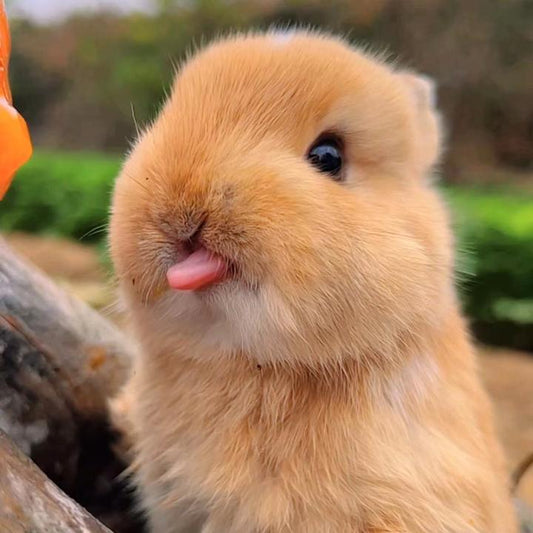
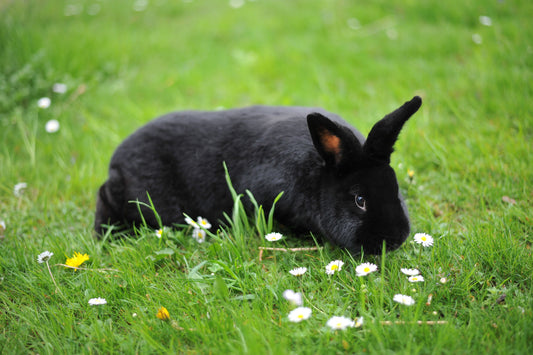
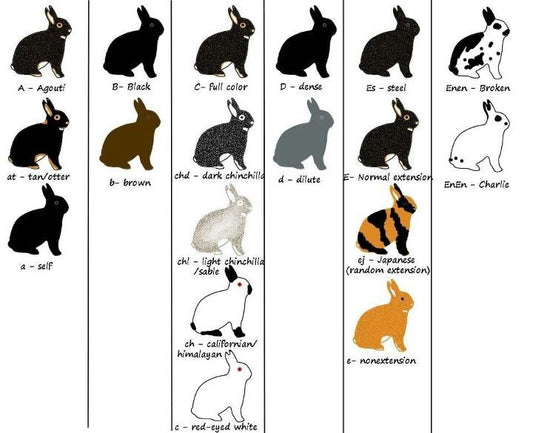

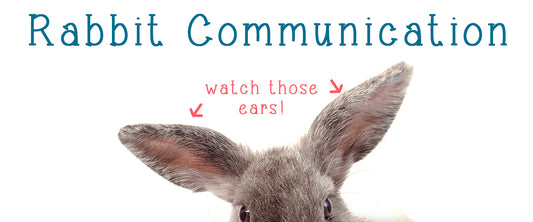


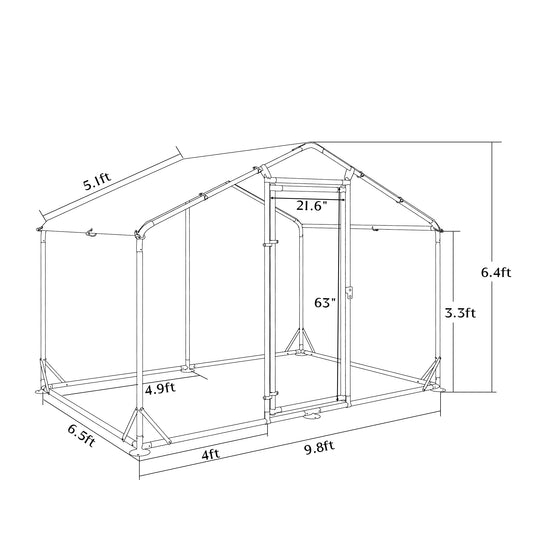
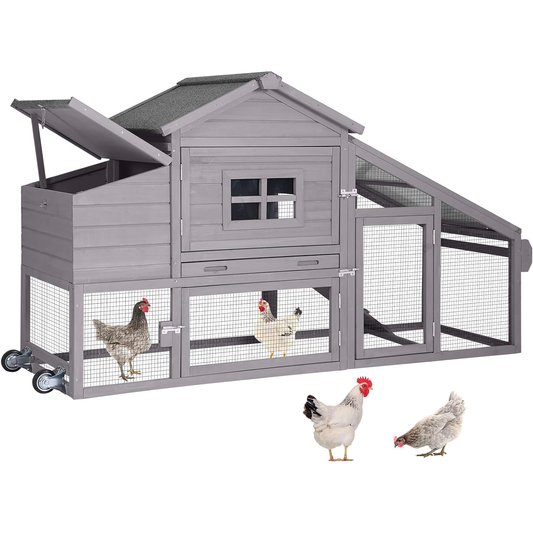



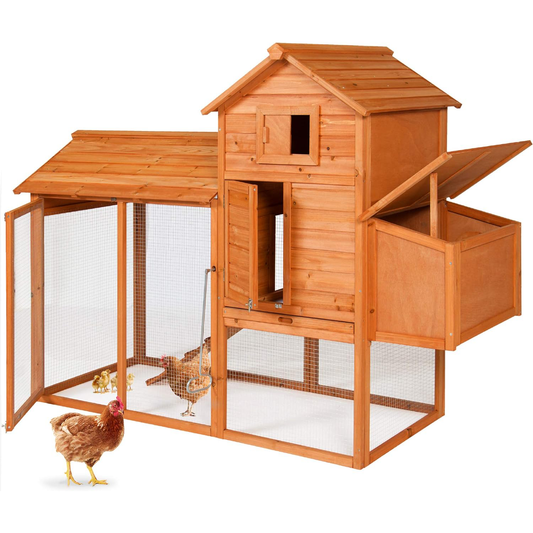
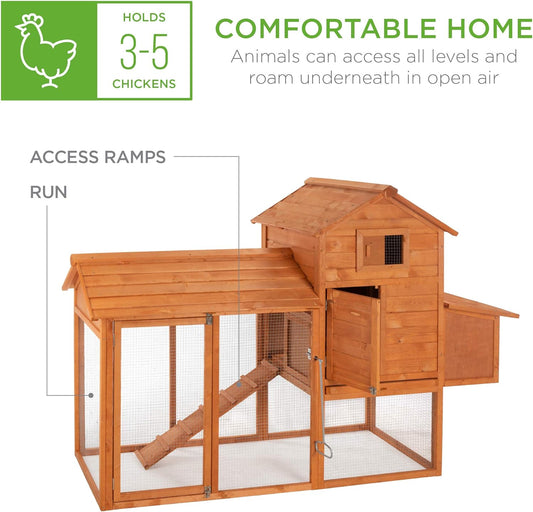


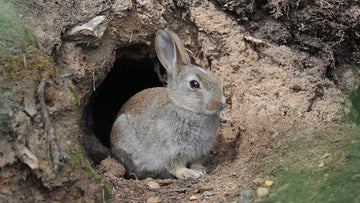


0 comments